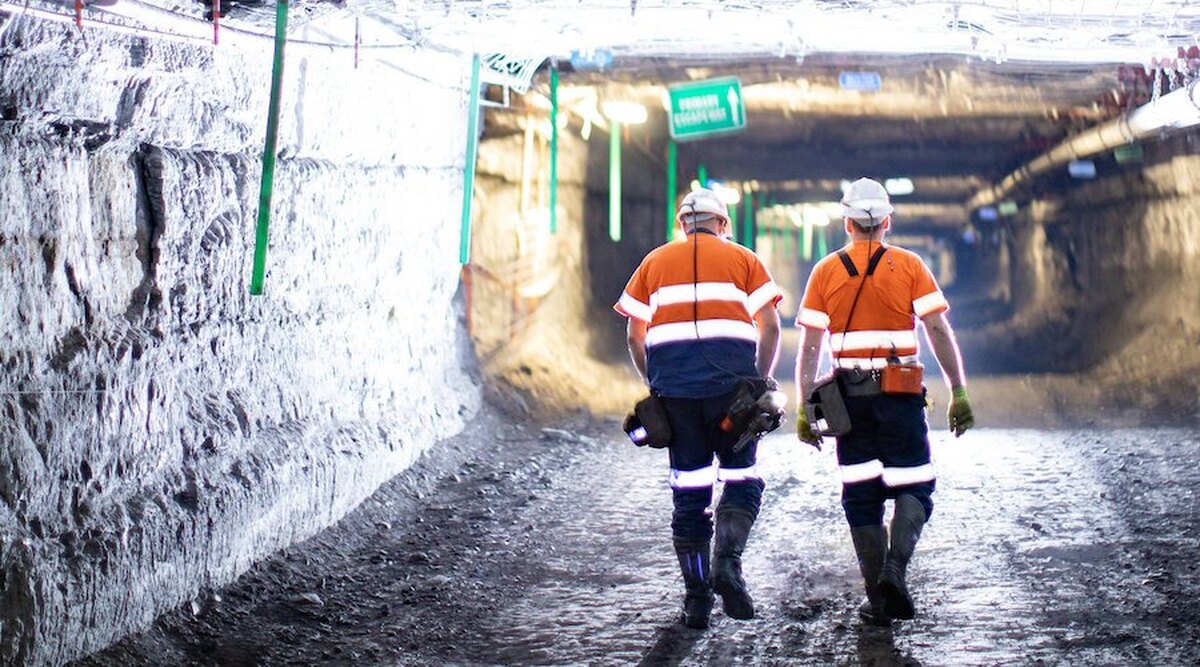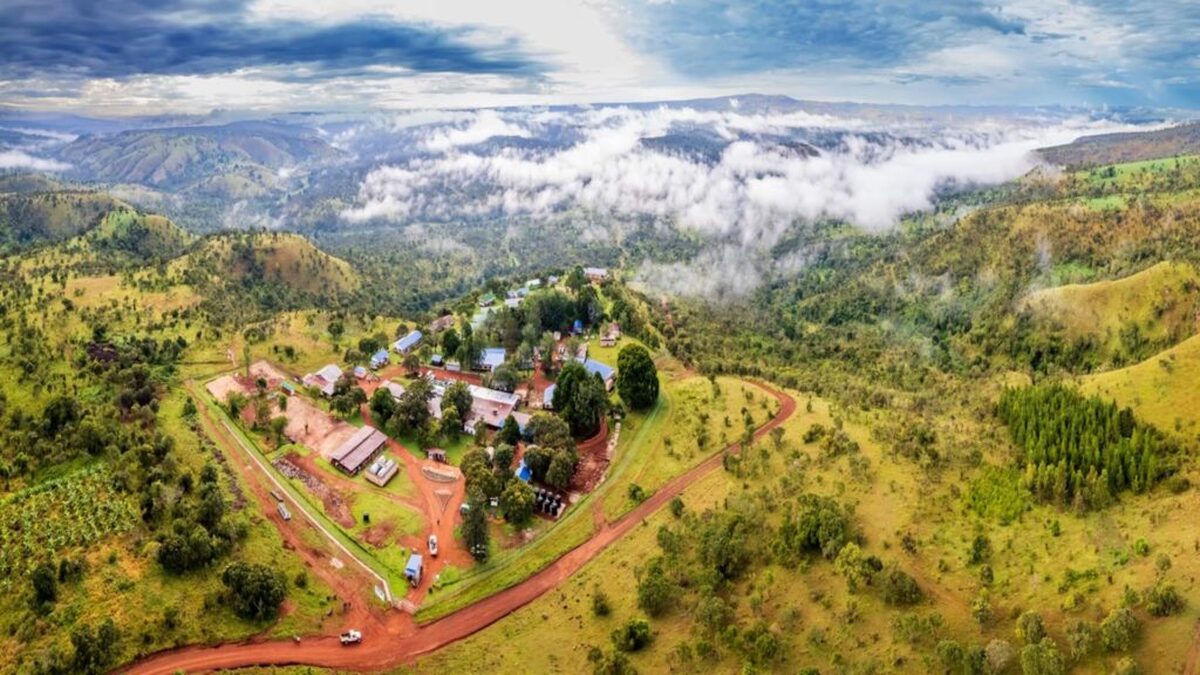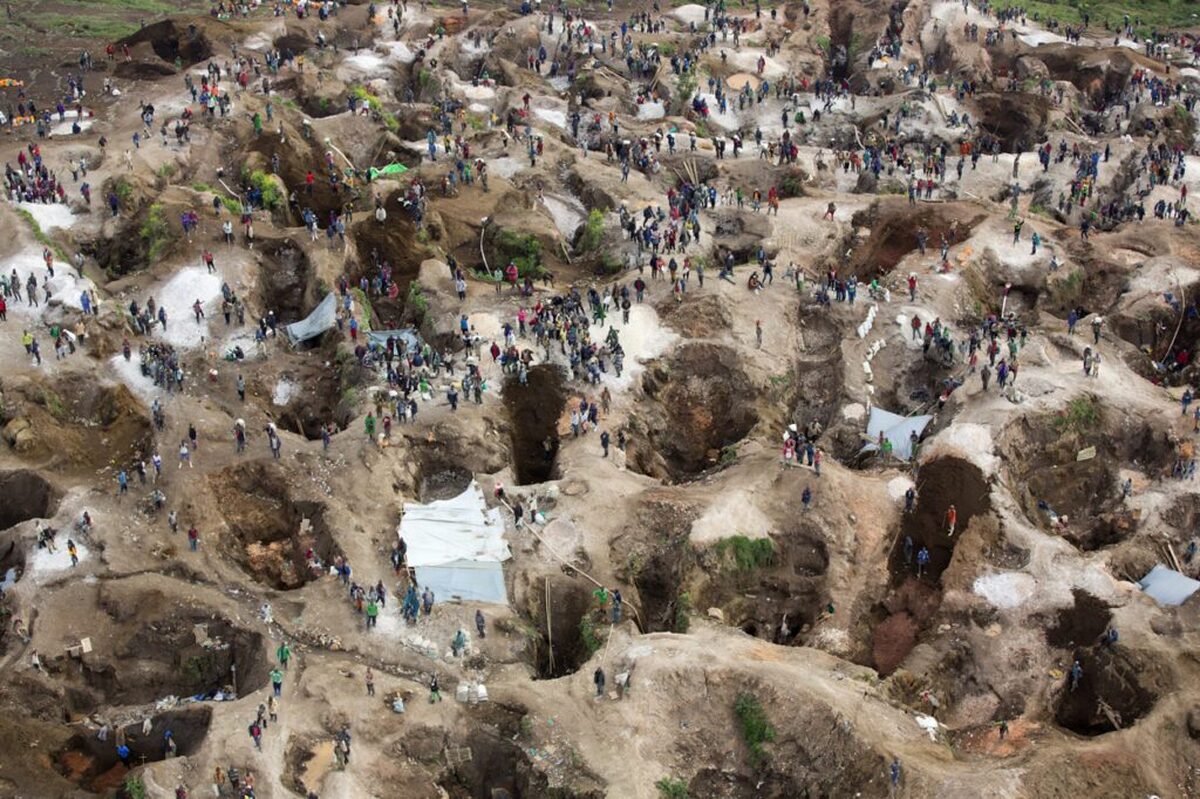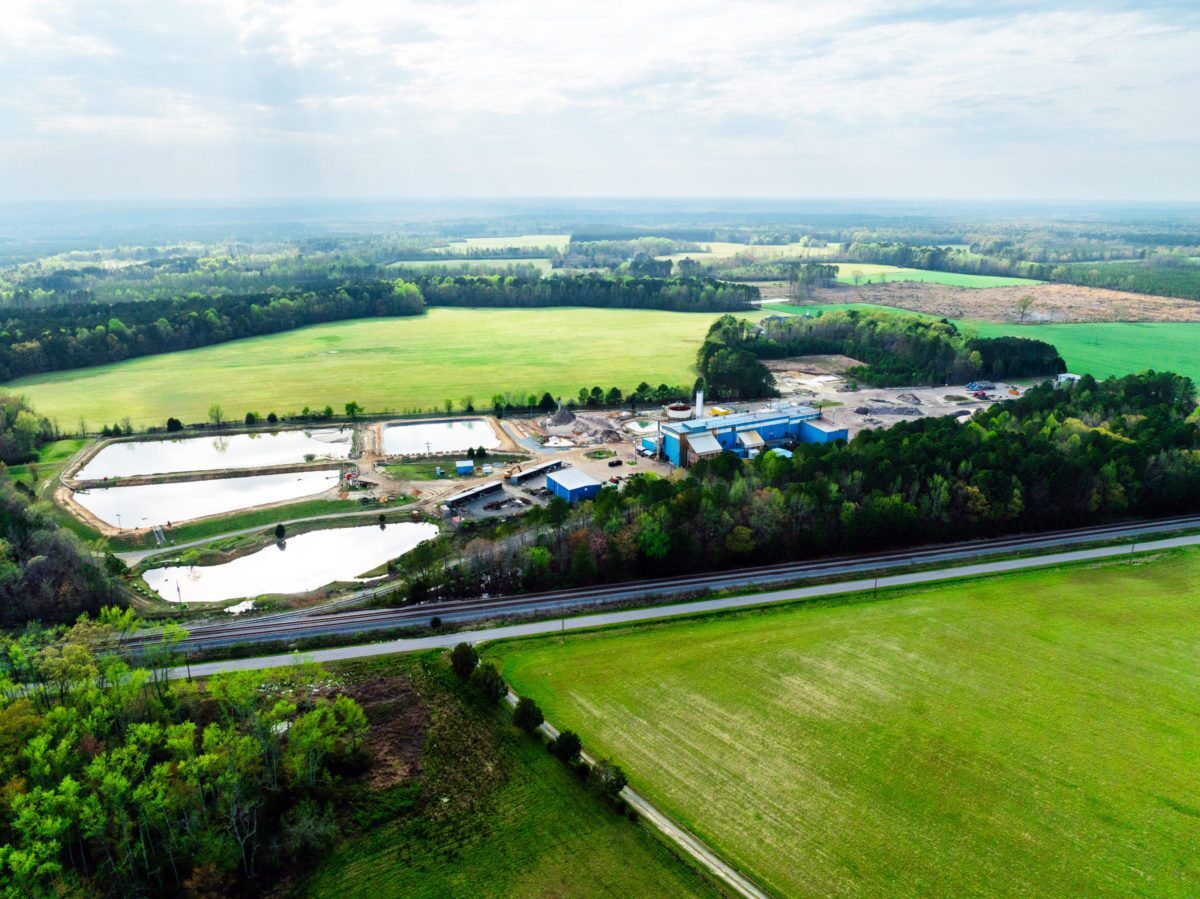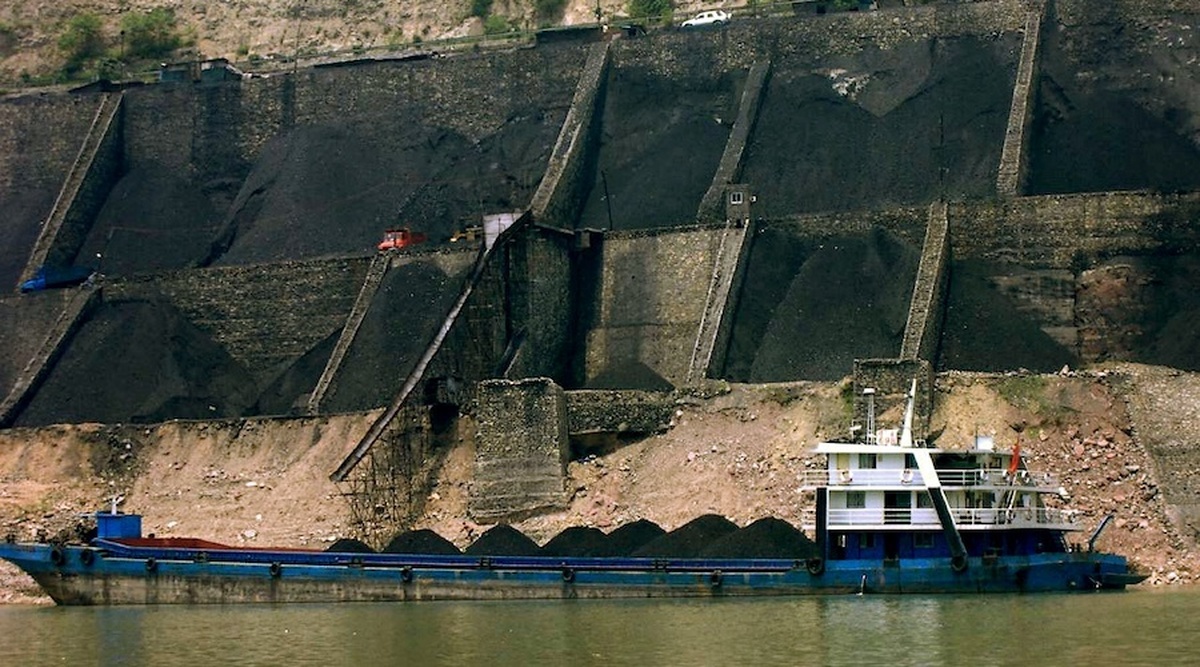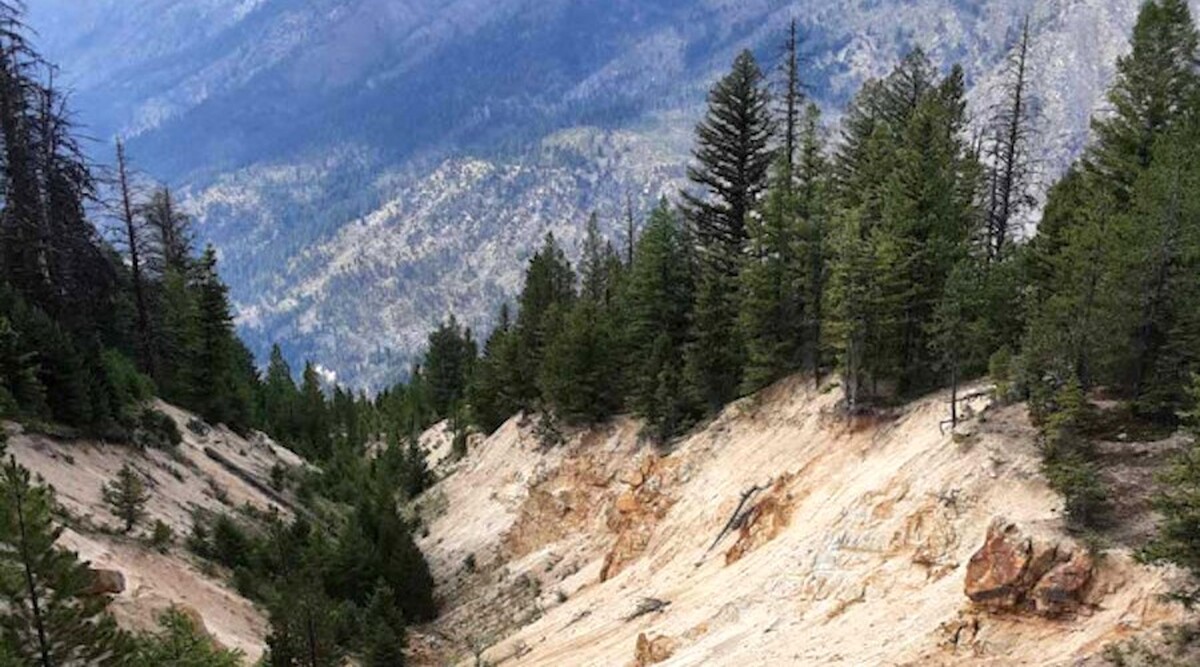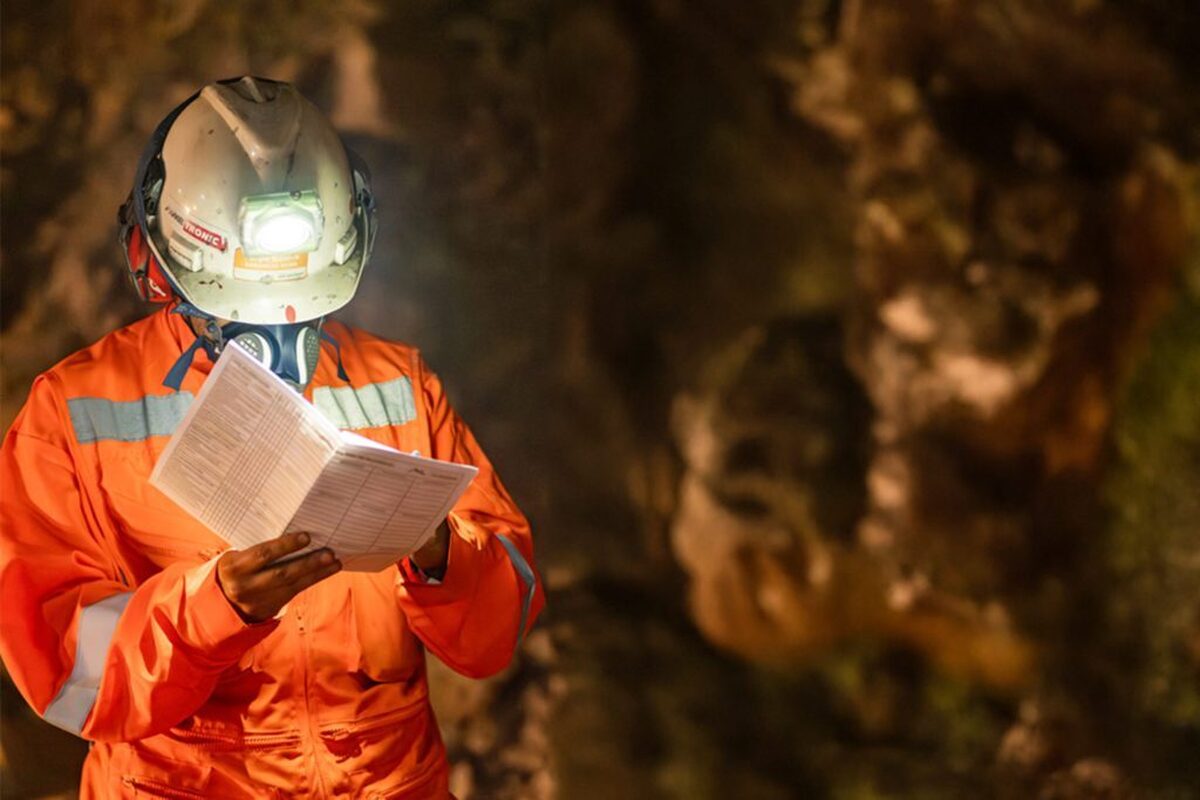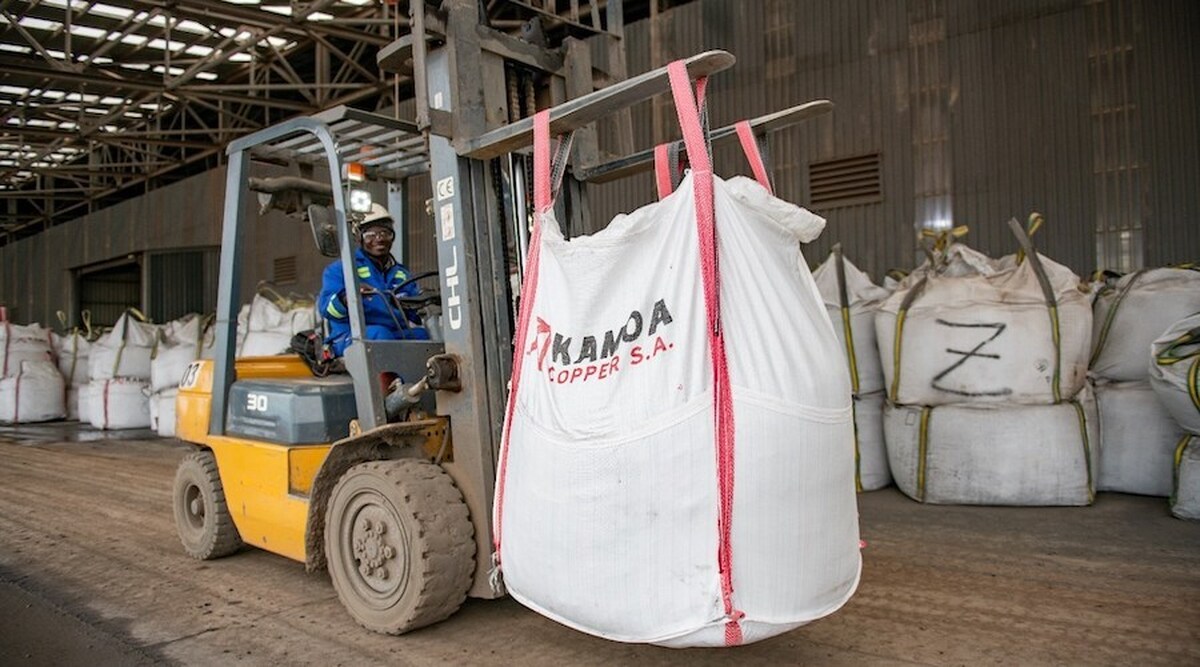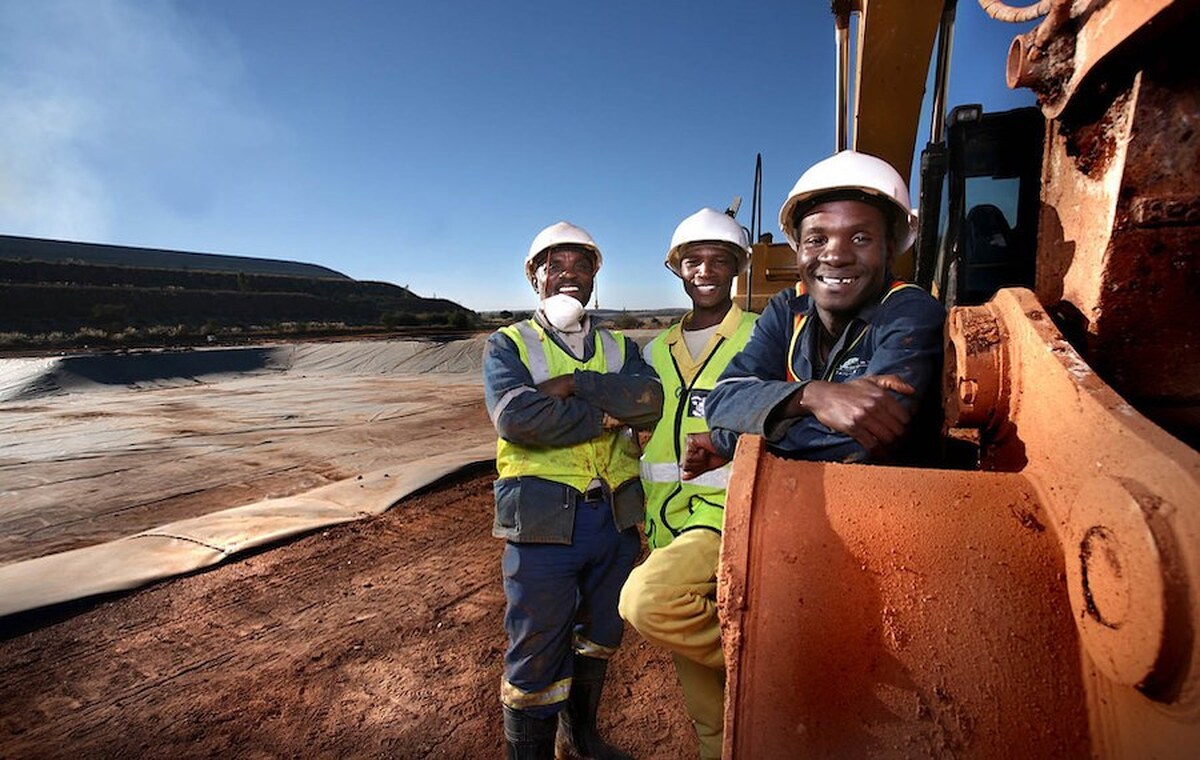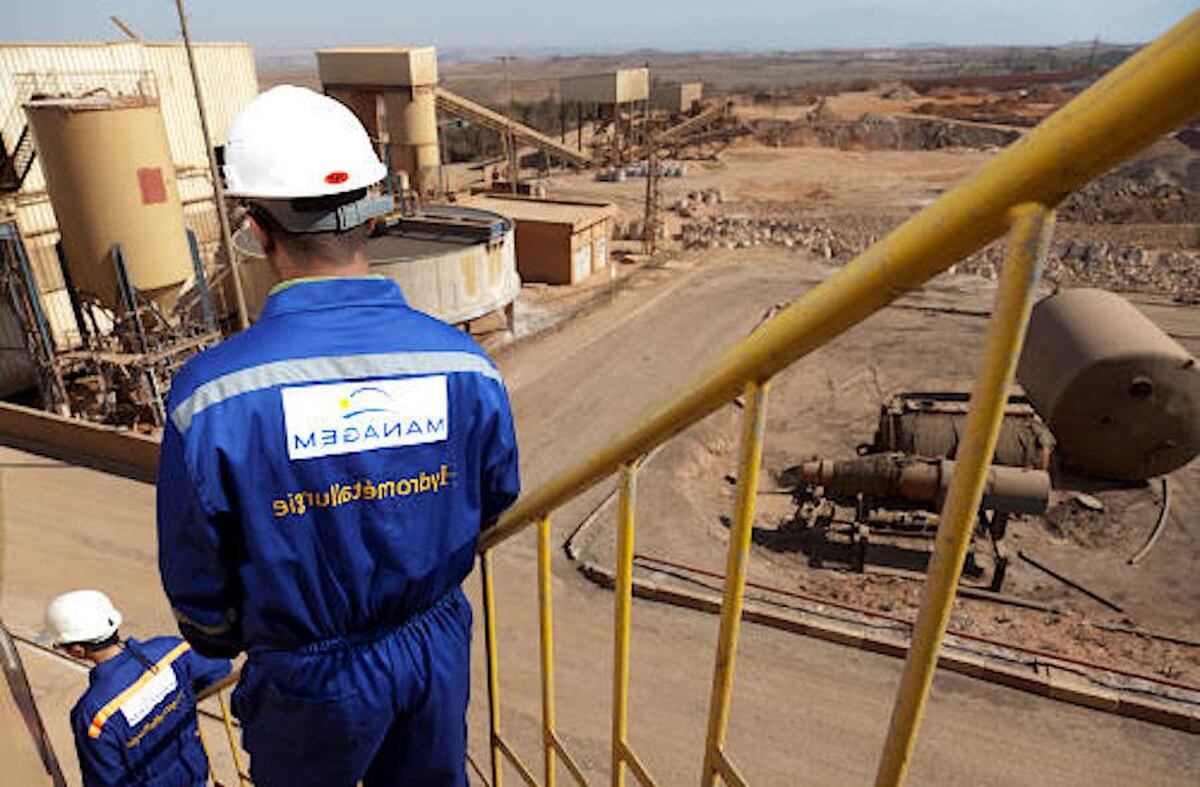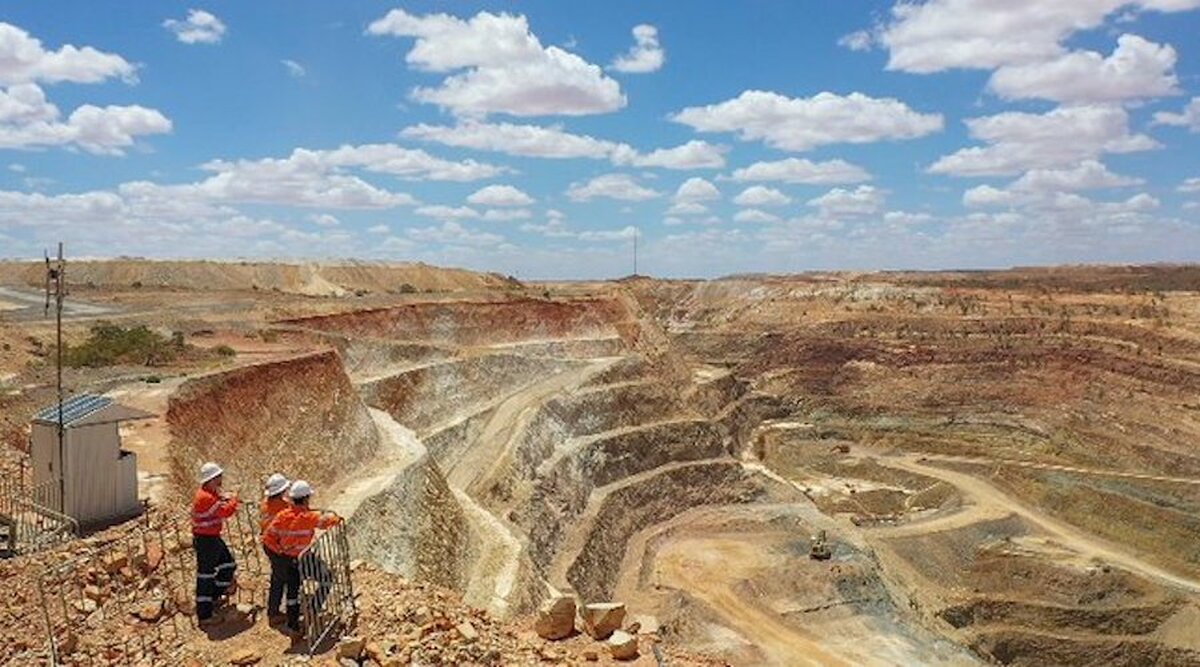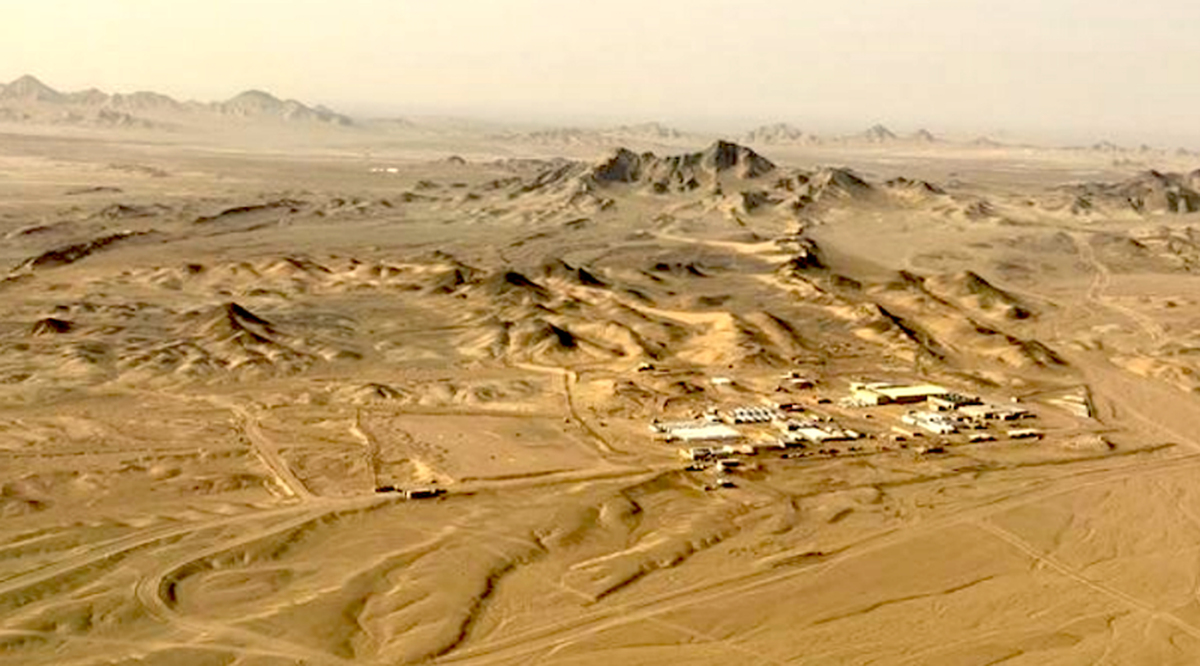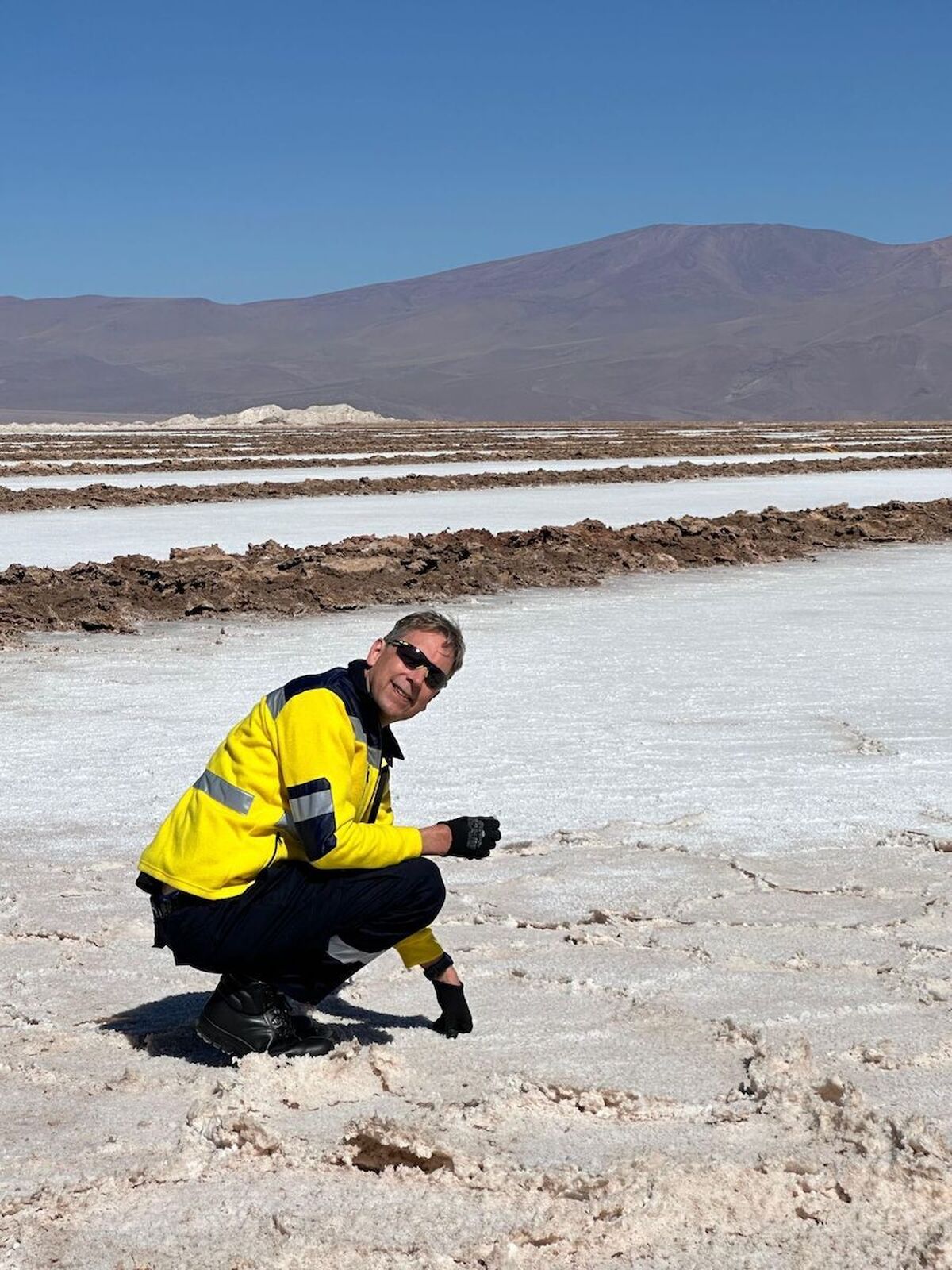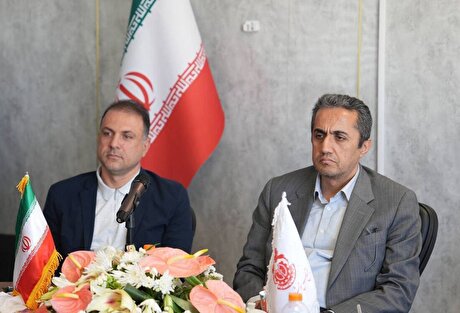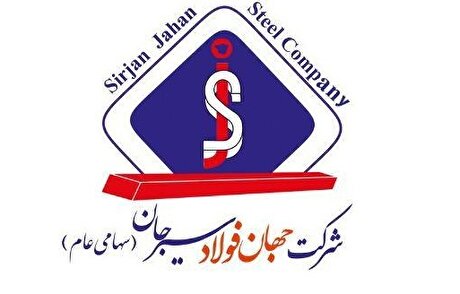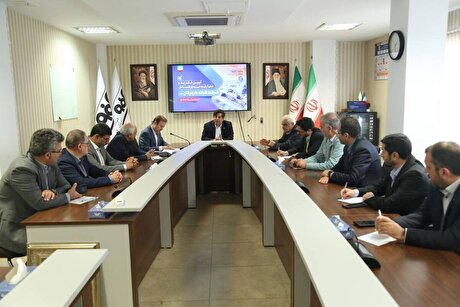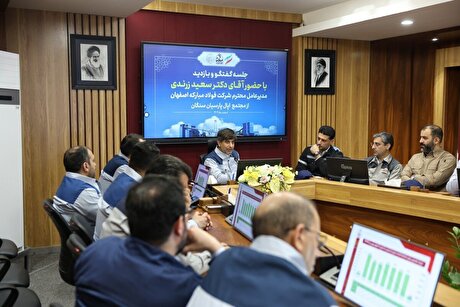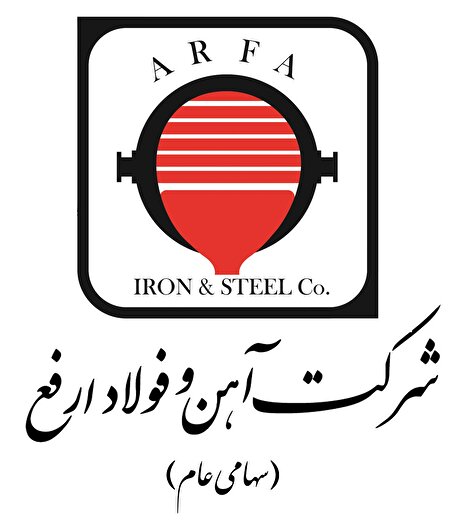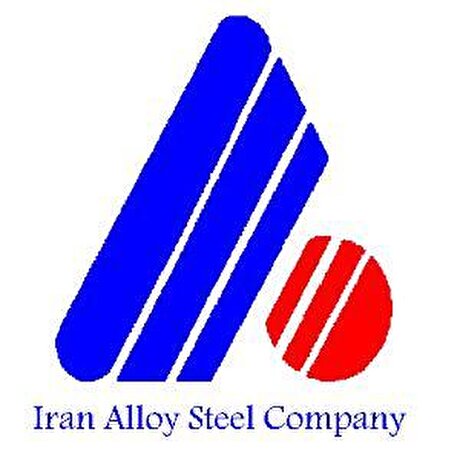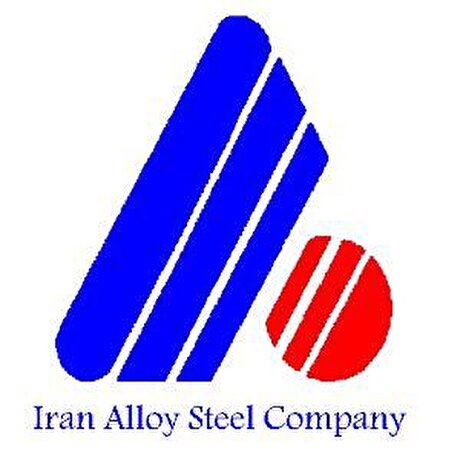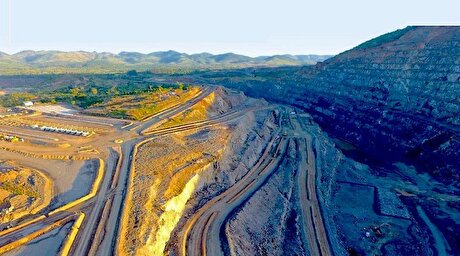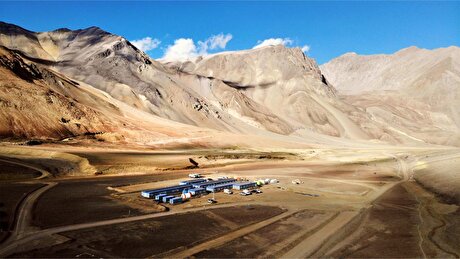
Glencore’s $22B assets shift sets stage for mining mega-merger

According to me-metals cited from mining.com, The move, disclosed by the Australian Financial Review, means the total assets held by Glencore’s Australian entity have doubled to $42 billion. The shift required $3.8 billion in internal cash transfers and $614 million in intra-company share issuances to facilitate the asset migration.
The restructure consolidates coal mines in Canada, South Africa and Colombia, a major copper project in Argentina, and South African manganese, chrome and vanadium operations under Glencore Investment Pty Ltd, its Australia-based entity.
The strategic transfer of assets to Glencore’s Australian entity signals more than just operational streamlining. Investors say it positions the company squarely for a future merger. By centralizing key assets in a single jurisdiction, which is close to Asian markets, Glencore creates a more attractive and simplified structure for potential partners – or a mega-merger.
“Glencore coal assets would trade at a much higher multiple in Australia than London. There won’t be much reason to go to London other than cricket if Glencore and Anglo get knocked off,” Ben Cleary, a portfolio manager at Tribeca Investment Partners, told AFR.
Market observers noted the asset realignment follows months of behind-the-scenes discussions with Rio Tinto (ASX, LON: RIO), marking a dramatic shift in tone from earlier failed efforts. In 2014, Rio rejected a merger proposal outright, sparking a very public standoff between then-CEO Ivan Glasenberg and Rio’s leadership. But Glencore’s 2024 outreach met a warmer reception. Outgoing Rio chief Jakob Stausholm remained hesitant, but several senior executives, one of whom may succeed him, according to the AFR, were reportedly more receptive to the idea.
Despite shelving earlier plans to spin off its coal division, which delivered 38% of Glencore’s earnings last year, chief executive officer Gary Nagle has centralized all coal operations within the Australian unit. That includes its Canadian subsidiary Elk Valley Resources, which operates four steelmaking coal mines in British Columbia: Elkview, Fording River, Greenhills, and Line Creek. EVR also holds a 46% stake in Neptune Terminals, a key bulk export facility.
In Colombia, Glencore owns the Cerrejón open-pit coal mine. In South Africa, it controls the Impunzi thermal coal complex and holds stakes in the Mokala manganese mine, the Glencore–Merafe Chrome Venture, and the Rhovan-Bakwena Vanadium Venture. Joining the list of transferred assets is the MARA copper project in Argentina, which it acquired from Pan American in 2023.
The Australian arm also holds the company’s thermal and metallurgical coal assets in New South Wales and Queensland.
Doubling down on critical minerals
As merger speculation simmers, Glencore is also deepening its presence in Australia’s critical minerals sector. The Swiss miner and commodities trader has inked a three-year supply agreement with Cobalt Blue (ASX: COB) to provide cobalt hydroxide feedstock for the Kwinana refinery in Western Australia, which is set to become the country’s first cobalt refinery.
The deal will see Glencore supply up to 50% of the refinery’s cobalt input, starting once the facility begins commercial operations. It guarantees a minimum of 3,750 tonnes of cobalt hydroxide over the contract period, with 750 tonnes in the first year and 1,500 tonnes annually in the second and third years. The feedstock will come from Glencore’s operations in the Democratic Republic of Congo, specifically Kamoto Copper Company, in which it holds a 75% stake, and Mutanda Mining SARL.
The assets shift and cobalt supply deal show Glencore positioning itself for consolidation and growth, with Australia at the heart of its strategy.
source: mining.com

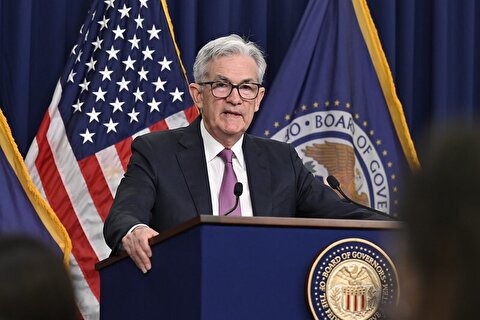
Gold price edges up as market awaits Fed minutes, Powell speech

Glencore trader who led ill-fated battery recycling push to exit
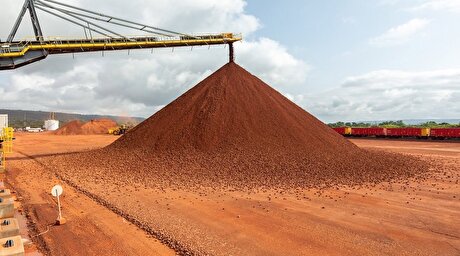
Emirates Global Aluminium unit to exit Guinea after mine seized
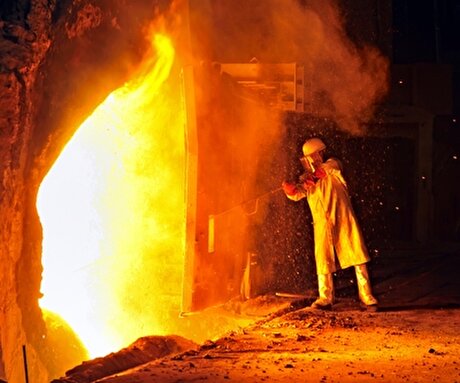
Iron ore price dips on China blast furnace cuts, US trade restrictions

Roshel, Swebor partner to produce ballistic-grade steel in Canada
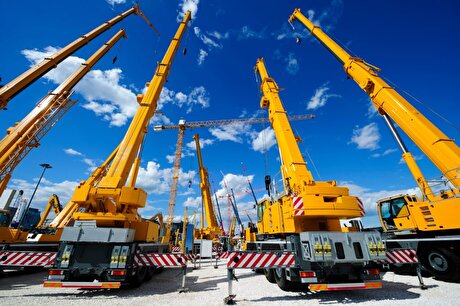
US hikes steel, aluminum tariffs on imported wind turbines, cranes, railcars

EverMetal launches US-based critical metals recycling platform

Afghanistan says China seeks its participation in Belt and Road Initiative
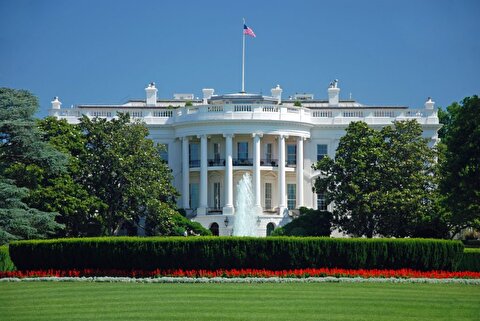
Trump weighs using $2 billion in CHIPS Act funding for critical minerals

Energy Fuels soars on Vulcan Elements partnership
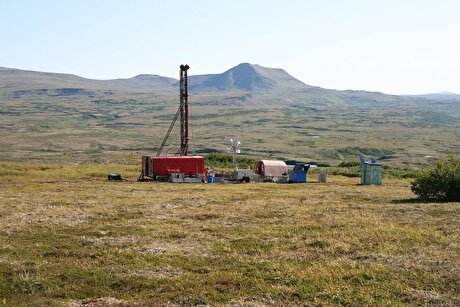
Northern Dynasty sticks to proposal in battle to lift Pebble mine veto

Giustra-backed mining firm teams up with informal miners in Colombia
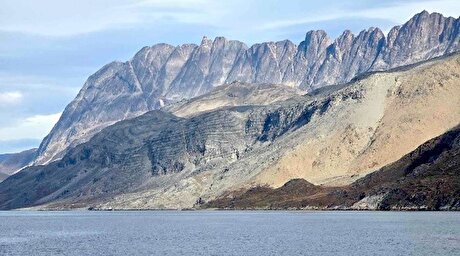
Critical Metals signs agreement to supply rare earth to US government-funded facility

China extends rare earth controls to imported material
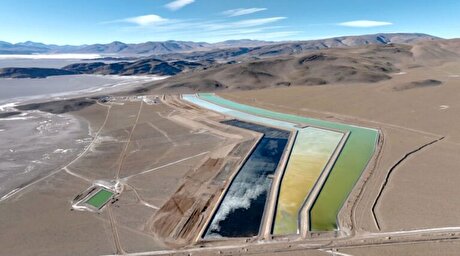
Galan Lithium proceeds with $13M financing for Argentina project
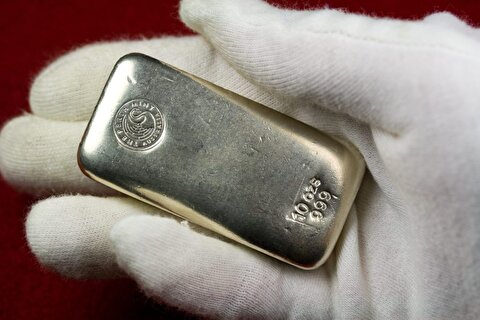
Silver price touches $39 as market weighs rate cut outlook
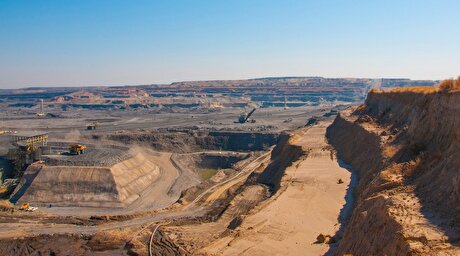
First Quantum drops plan to sell stakes in Zambia copper mines

Ivanhoe advances Kamoa dewatering plan, plans forecasts

Texas factory gives Chinese copper firm an edge in tariff war

Energy Fuels soars on Vulcan Elements partnership

Northern Dynasty sticks to proposal in battle to lift Pebble mine veto

Giustra-backed mining firm teams up with informal miners in Colombia

Critical Metals signs agreement to supply rare earth to US government-funded facility

China extends rare earth controls to imported material

Galan Lithium proceeds with $13M financing for Argentina project

Silver price touches $39 as market weighs rate cut outlook

First Quantum drops plan to sell stakes in Zambia copper mines

Ivanhoe advances Kamoa dewatering plan, plans forecasts


